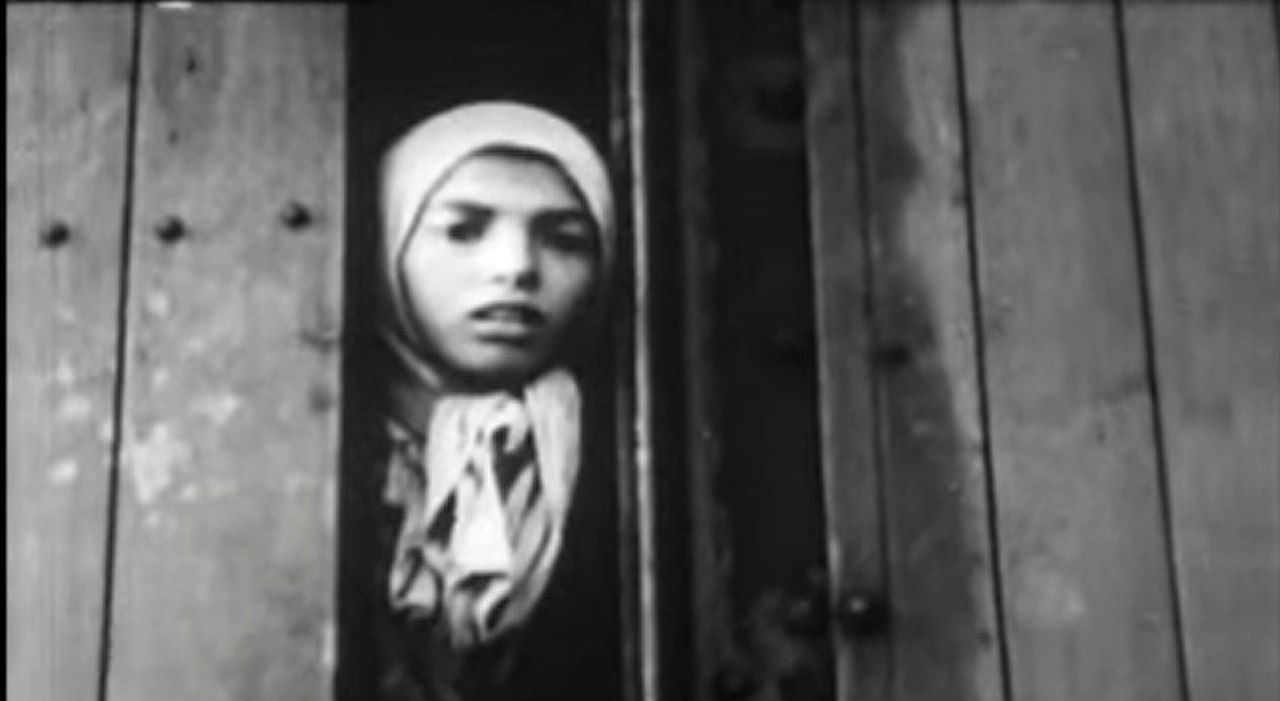Call for Papers and Participants | 27th Workshop on the History and Memory of National Socialist Camps and Killing Sites

Proximities & Gaze
October 28 - November 3, 2024 | Location: Utrecht, the Netherlands | Organized in partnership with the Department of Political History at Utrecht University and the Stanley Burton Centre for Holocaust and Genocide Studies, University of Leicester | Deadline for applications: 25 January 2024
You are cordially invited to apply to the 27th Workshop on the History and Memory of National Socialist Camps and Killing Sites in partnership with the Department of Political History at Utrecht University – to be held in Utrecht, the Netherlands, from the 28th of October to the 3rd of November 2024. The workshop will explore “proximities” and “gaze” as analytical categories for the study of the Holocaust, NS concentration camps, and killing sites. The Workshop on the History and Memory of National Socialist Camps and Killing Sites has been held annually since 1994. This international workshop, organized by and for emerging scholars and Holocaust educators, provides an interdisciplinary and non-hierarchical forum dedicated to research on National Socialist camps and killing sites. In particular, the topics of persecution, isolation, forced labor, mass murder, and the Holocaust, as well as their representation in various memorial cultures, are discussed. The goal is to promote a collective, cooperative, and supportive atmosphere to share and discuss ideas, knowledge, and methodologies in innovative, comparative, and transdisciplinary ways based on a variety of sources.
To guarantee low hierarchies during the workshop, the program exclusively invites applicants who do not hold a PhD when they apply (i.e. Ph.D. candidates, MA students, and Holocaust educators). To maintain the workshop’s continuity and sustainability, every candidate is allowed to attend three times: as speaker, participant, and organizer.

Who do we see portrayed in the image above? Who is looking at us from the image and gazes back upon our gaze and, perhaps most enigmatically, who is absent from our gaze as viewers? What, in short, is the relationship between the one captured within the image, its creator, and the viewer? The image shows a ten-year-old girl in the Westerbork transit camp in the Netherlands whilst boarding a train destined for Auschwitz-Birkenau. Strikingly, and in contrast to similar pictures, the image was not produced by a German perpetrator but, rather, by a German Jew named Werner ‘Rudolf’ Breslauer who, by orders of the commandant of Westerbork, was charged with filming everyday life in the camp for internal propaganda purposes. It is May 19th 1944 and we are gazing upon a process of deportation, leading to murder. When this still from Breslauer’s film became known after the war, many assumed that tthe person depicted in it was a Jewish girl. Decades later, however, the girl was identified as Anna Maria Steinbach – better known as Settela – a Sinti victim of the Holocaust. Since this discovery, the image of Settela’s face, peering out from the slit of a cattle car as if to implicate the viewer, has become a symbol of the Roma and Sinti genocide. Settela’s startling gaze provokes uncanny feelings in those who, contemplating her arresting eyes, are fully aware of the events which are about to befall this ten-year-old. The dynamic created by Settela’s look is, in short, a thoughtprovoking one and introduces the themes of this year’s workshop: Proximities & Gaze.
During this workshop, we aim to explore all aspects of seeing, visual witnessing, spectating, observing, and gawking in/or out of proximity to camps and killing sites during the Holocaust. Our goals are to highlight innovative research and projects, visit Holocaust related sites (e.g. the Amsterdam Jewish Quarters, Westerbork, Amersfoort) in the Netherlands, and share methodologies and tools used in the study of NS camps, ghettos, and killing sites (including Holocaust geographies and visual studies). During this workshop, we aim to explore all aspects of seeing, visual witnessing, spectating, observing, and gawking in/or out of proximity to camps and killing sites during the Holocaust. Our goals are to highlight innovative research and projects, visit Holocaust related sites (e.g. the Amsterdam Jewish Quarters, Westerbork, Amersfoort) in the Netherlands, and share methodologies and tools used in the study of NS camps, ghettos, and killing sites (including Holocaust geographies and visual studies).
For applications see the Call for Papers and Participants